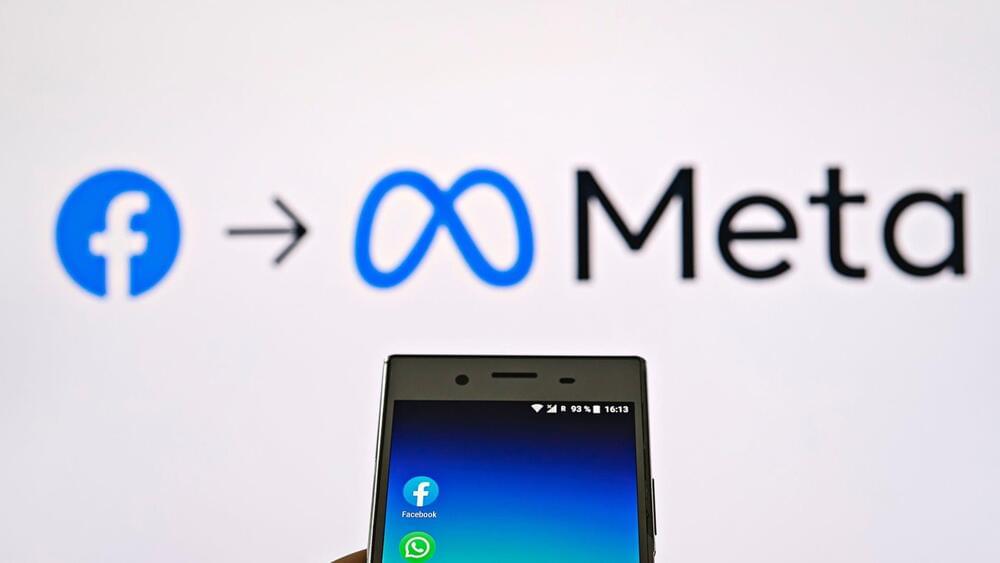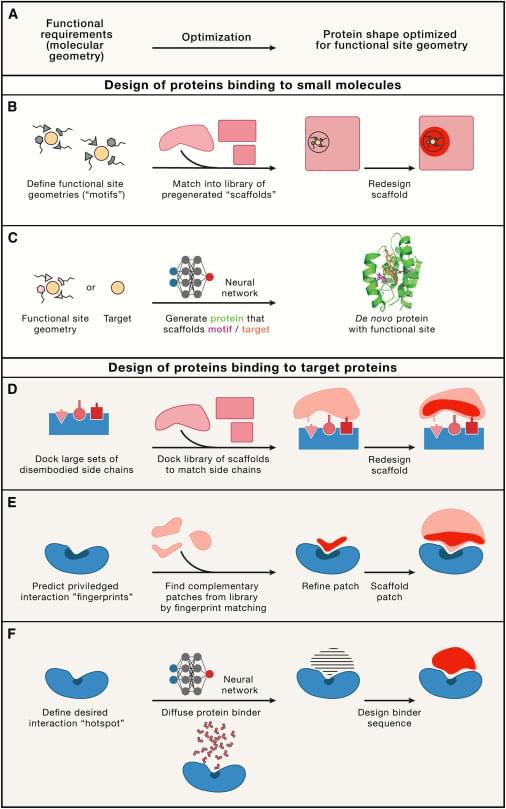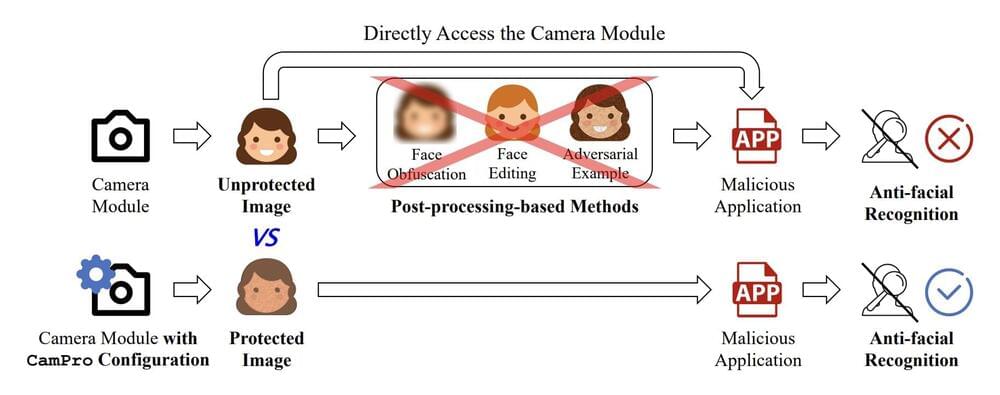Mastercard has announced that it has developed an in-house generative AI to help combat fraud on its payment processing network.
Instead of relying on textual inputs, Mastercard’s algorithm uses a cardholder’s merchant visit history as a prompt to determine whether a transaction involves a business that the customer would likely visit. The algorithm generates pathways through Mastercard’s network, akin to heat-sensing radar, to provide a score as an answer.
A lower score indicates a behavior that deviates from the cardholder’s usual pattern, while a higher score reflects typical behavior. Mastercard claims that this entire process takes only 50 milliseconds. And, it turns out, the AI appears to be very good at its job.
Bhalla stated that Mastercard’s latest “transaction decisioning” technology could boost financial institutions’ fraud detection rates by an average of 20 percent. However, in certain instances, the technology has improved fraud detection rates by up to 300 percent, according to Bhalla.







